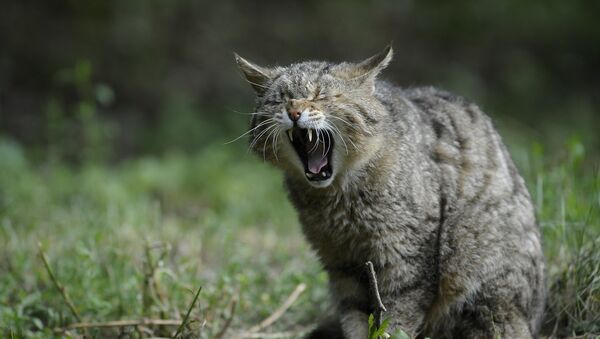According to a study cited by Live Science journal, further examination of these cat bones revealed two interesting facts: namely, that most of the creatures were 9 to 20 months old at the time of their demise, and that the felines were skinned.

According to the study lead Lluis Lloveras, a zooarchaeologist at the University of Barcelona, evidence of cat skinning had previously gone encountered at many archaeological sites across northern Europe as felines were often used as a source of fur.
"The skins were basically used for making garments, mainly coats… Some texts also make reference to the healing qualities of cat skin, but also to its possible harmfulness," Lloveras said.
He pointed out however that the cats interred at the El Bordellet site might’ve been skinned for a different reason as the scientists have also found a horse skull, a goat horn fragment and a chicken eggshell buried alongside the feline bones – evidence of a possible pagan ritual.
"All these particular animal remains have been associated with ritual practices in the Middle Ages as well as in later times," Lloveras said.
He pointed out, however, that it is as yet unclear whether these bones were stored in this fashion accidentally or as part of the ritual, adding that his team “will wait for new future discoveries in the area."





